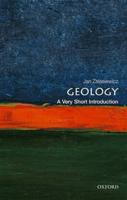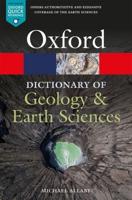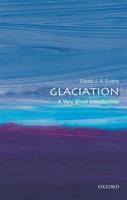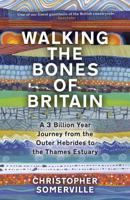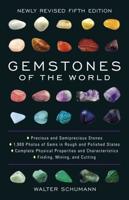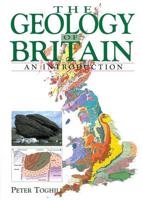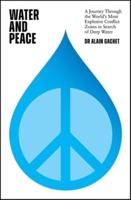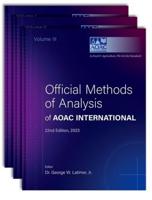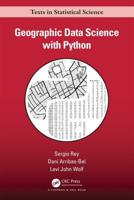Publisher's Synopsis
Statistics for Environmental Engineers is a solution-oriented book that encourages environmental engineers to view statistics as a problem-solving tool. It presents a completely new approach to the practical use of statistics in environmental science and engineering. You will learn about extracting information from data and using efficient experimental designs to generate informative data. Written in an easy-to-understand style, Statistics for Environmental Engineers consists of more than 40 short chapters, each dealing with a particular environmental problem or statistical technique. Each chapter is organized around a specific case study, beginning with a brief discussion of the appropriate methodology, followed by an analysis of the case study example, and ending with a comment on the strengths and weaknesses of the approach.
This one-of-a-kind book belongs in the personal library of every environmental scientist and engineer and in the classroom as a perfect textbook for students. Whether the topic is displaying data, t-tests, confidence intervals, regression, or experimental design, the context is always environmentally familiar. Case studies are drawn from censored data, detection limits, regulatory standards, treatment plant performance, sampling and measurement errors, hazardous waste, and much more.

